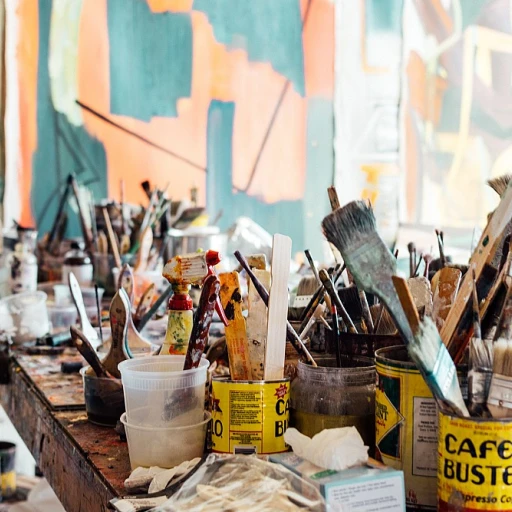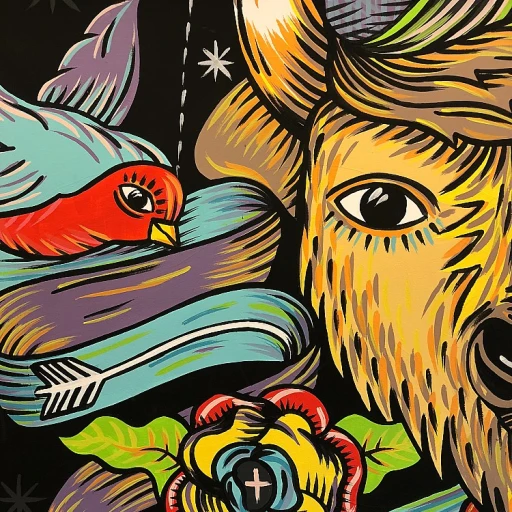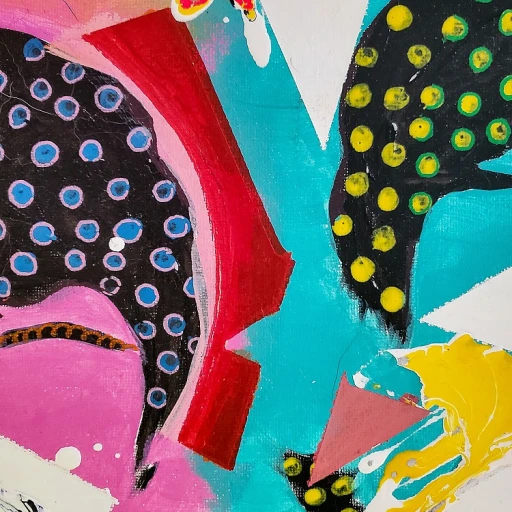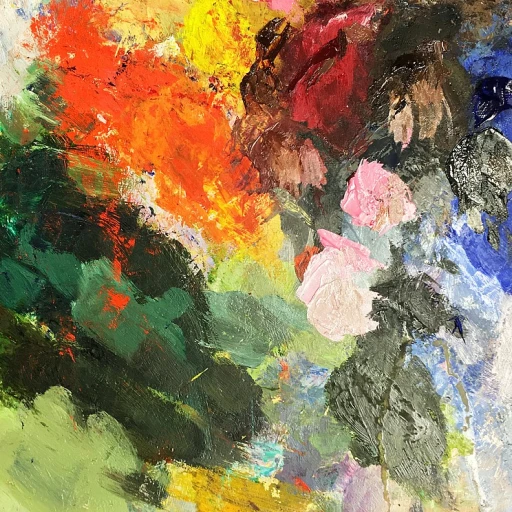The Unexpected Beauty of Weeds
The Hidden Charms of Nature's Leftovers
In the realm of botanical artistry, the often-overlooked beauty of weeds emerges with captivating allure. These plants, stereotypically dismissed as nuisances, hold a mysterious charm that has long intrigued artists and collectors alike. Beyond mere flora, weeds symbolize resilience and adaptability, traits that are now celebrated in fine art creations.
Imagine a fine art print that features a seemingly inconsequential weed, yet through the lens of skilled artistry, it transforms into a mesmerizing piece worthy of admiration. Such art prints don't merely decorate a wall; they tell a story, engaging viewers in a dialogue about nature and our intricate connection to it.
As many artists explore new forms and techniques, weeds appear as a subject in diverse formats, ranging from hand-painted originals to mixed media works. These pieces can vary in size, often boasting full bleed prints with or without a white border for added emphasis. Collectors can appreciate the delicate interplay of borders and matting that enhance the aesthetic of these pieces, making them focal points in any room.
The rise of botanical works featuring weeds is not just a trend, but a reflection of a broader appreciation for the uncelebrated elements of nature. As we delve deeper into the historical perspectives on botanical art, it's evident that this appreciation has roots that span centuries, influencing contemporary art as we know it today.
Whether for personal enjoyment or as a valuable addition to an art collection, investing in weed-themed wall art acknowledges the quiet beauty that these misunderstood plants possess. With options for museum-grade displays and certificate authenticity, these artworks assure quality and rarity. Keep an eye on events and exhibitions that laud this weeds art, offering enthusiasts a chance to witness the transformation of the mundane into the magnificent.
Historical Perspectives on Botanical Art
Unveiling the Rich Tapestry of Botanical Art History
The evolution of botanical art is a testament to its profound impact on culture and science. Through centuries, we have witnessed how artists have meticulously captured the intricate details of plants, transforming an ordinary weed into a subject of beauty and study. Unlike traditional paintings that focus on grandeur, botanical pieces often highlight the elegance found within the simplicity of nature. The origins of this art form date back to ancient civilizations, where drawings of plants served both as documentation and artistic expression. However, it was during the Renaissance that botanical artistry flourished, gaining traction not only for scientific purposes but also as an embellishment for affluent collectors. In the contemporary art scene, artists experiment with different mediums, creating unique and striking works, from oil painting to mixed media, incorporating modern elements such as digital art prints. The use of full bleed prints or art prints with a classic white border add versatility to the display options available for collectors and enthusiasts alike. Moreover, the print size and type of medium will vary, offering options to suit varying tastes and interiors, whether it's a fine art print displayed prominently on a wall or a mixed media work that interplays with its surrounding decor. Art prints often come with a certificate of authenticity, ensuring the legitimacy of the piece, while free shipping and careful packaging enhance the acquisition experience. For those looking to explore this enthralling world further, delve into resources that blend both the historical and the contemporary appreciation for botanical artistry. One intriguing avenue is exploring the world of skateboard art. This exploration contrasts botanical artwork's intricate nature-focused detailing with the dynamic and sometimes chaotic expressions found in skateboard art, offering a comprehensive understanding of how diverse art forms can elevate our interaction with the visual arts world.Techniques and Mediums in Botanical Artistry
The Intricacies of Crafting Botanical Art
Creating botanical artworks, especially those highlighting the unexpected beauty of weeds, requires a nuanced skill set and a variety of techniques. Artists often blend traditional methods with innovative approaches to bring these unconventional subjects to life. One popular technique involves mixed media, where artists combine sketches, paintings, and digital prints to achieve dimensional depth and texture. A full bleed application often offers a seamless view of the artwork, making it feel as though the plants, flowers, or weeds extend beyond the print itself. Ensuring a museum-grade quality, these prints are typically bounded by white borders when shipping to protect the intricate details. Hand-painted techniques are particularly revered, as they capture the unique and delicate nature of each plant. Paintings can vary in size, from grand wall art to smaller, intimate pieces, all of which showcase the essence of nature's diversity. Each artwork's creation demands careful attention to detail to ensure authenticity and accuracy—elements essential for receiving a certificate of authenticity. Additionally, botanical artists might choose to work with different types of materials, including high-quality paper and canvas. This choice impacts not only the texture but also the visual appeal of the final product when displayed as a fine art piece. Shipping orders for such artworks often provide free shipping, ensuring these pieces arrive in pristine condition. The techniques behind creating botanical art are not just about representation—there's an element of sustainability intertwined with the art form, emphasizing the importance of preserving the plants and ecosystems that inspire these beautiful pieces. Creating a balance between artistic expression and ecological responsibility is an aspect many botanical artists explore deeply in their work. For those interested in luxury artworks and different mediums, exploring complementary art forms like metal wall sculptures can provide additional insights into how nature and art coexist in various art markets.The Role of Sustainability in Botanical Art
Sustainability: The Future of Botanical Art
In the world of luxury artwork, sustainability has become a vital consideration for both artists and collectors. Botanical artistry, with its focus on plants and nature, naturally aligns with eco-friendly practices. From the cultivation of materials to the framing of finished pieces, every step can be thoughtfully curated to minimize environmental impact. Consider the choice of mediums. Artists are increasingly turning to mixed media, using recycled or sustainably sourced materials. For example, weeds, often cultivated on small local farms or even in urban gardens, can be transformed into stunning natural dyes or textures for artworks. These choices not only reduce waste but also add a layer of depth to the art itself, becoming part of the narrative. The framing and presentation of wall art can also underscore sustainability. Opting for a white border or free shipping options from companies that prioritize carbon-neutral deliveries can be both environmentally responsible and aesthetically pleasing. Additionally, museum-grade materials ensure durability, meaning that these art pieces can be treasured for generations without the need for frequent replacements. Collectors should be keenly aware of the impact of their acquisitions. The art market has seen a pivot towards sustainable shipping orders, ensuring that each collection piece arrives safely without excessive packaging. For the discerning enthusiast, these considerations not only protect the environment but also enhance the provenance of the artwork. Lastly, involvement in community events and exhibitions supporting sustainable practices can bolster the artist’s and collector’s reputation. By championing the use of eco-friendly materials and methods, botanical art does not merely depict nature; it actively contributes to its preservation, making each piece not just an artwork, but a testament to a commitment to the planet. In conclusion, the embrace of sustainability is a natural extension of the beauty inherent in botanical art. As collectors and artists alike prioritize environmentally conscious choices, the legacy of these exquisite pieces will continue to flourish, reminding us of the profound bond between art and nature.Collecting Botanical Art: A Guide for Enthusiasts
Understanding the Appeal of Botanical Art
Collecting botanical art is a journey that intertwines the beauty of nature with the intricacies of artistic expression. For enthusiasts, the allure lies not just in the subject matter but in the diverse techniques and mediums used to capture the essence of plants. Whether it's a hand-painted piece or a meticulously crafted art print, each work offers a unique perspective on the natural world.
Choosing the Right Pieces for Your Collection
When selecting pieces for your collection, consider the following factors:
- Medium and Technique: From mixed media to fine art prints, the choice of medium can significantly impact the artwork's appearance and feel. Some collectors prefer the depth of a painting, while others might be drawn to the precision of a print.
- Size and Display Options: Consider where the artwork will be displayed. A full bleed print or one with a white border can offer different visual effects, and the size will vary depending on your wall space.
- Authenticity and Quality: Look for pieces that come with a certificate of authenticity, ensuring the work's provenance and quality. Museum-grade options are ideal for those looking to invest in high-quality art.
- Subject Matter: While some collectors might be drawn to the unexpected beauty of weeds, others may prefer more traditional plant depictions. The choice will depend on personal taste and the theme of your collection.
Logistics and Considerations
Once you've made your selection, consider the logistics involved in acquiring your chosen pieces. Many galleries and online platforms offer free shipping, but shipping orders might have specific requirements or timelines. Ensure that the shipping will not compromise the integrity of the artwork.
Building a Cohesive Collection
As you expand your collection, aim for a cohesive theme or narrative. Whether focusing on a particular artist or a specific type of plant, a well-curated collection can enhance the aesthetic appeal of your space. Consider pieces by renowned artists in the field, such as those inspired by the works of Joan Mitchell, whose exploration of weeds and plants has left a lasting impact on the art world.
Engaging with the Community
Finally, immerse yourself in the community of botanical art enthusiasts. Attend exhibitions and events that celebrate this art form, such as those in San Francisco, where you can connect with other collectors and artists. This engagement not only enriches your understanding but also opens up opportunities to discover new and exciting works.

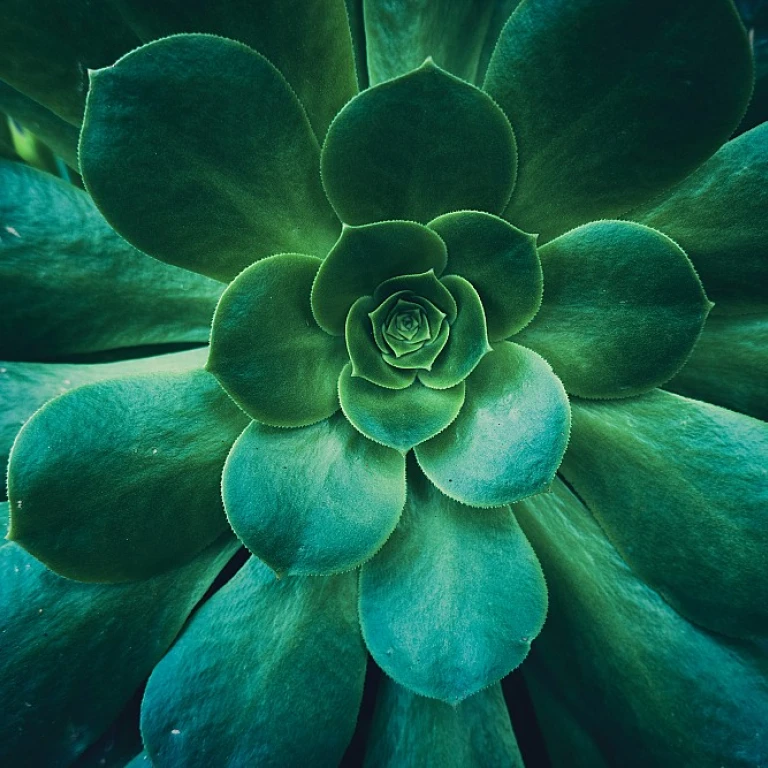
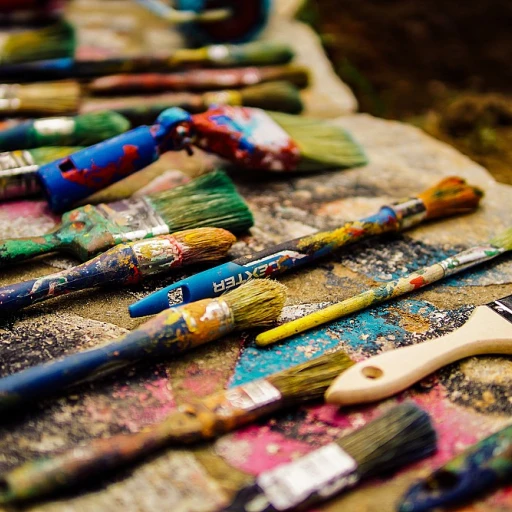
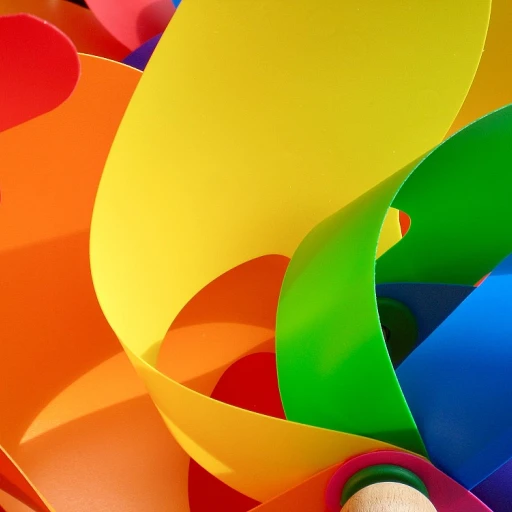
-teaser.webp)

